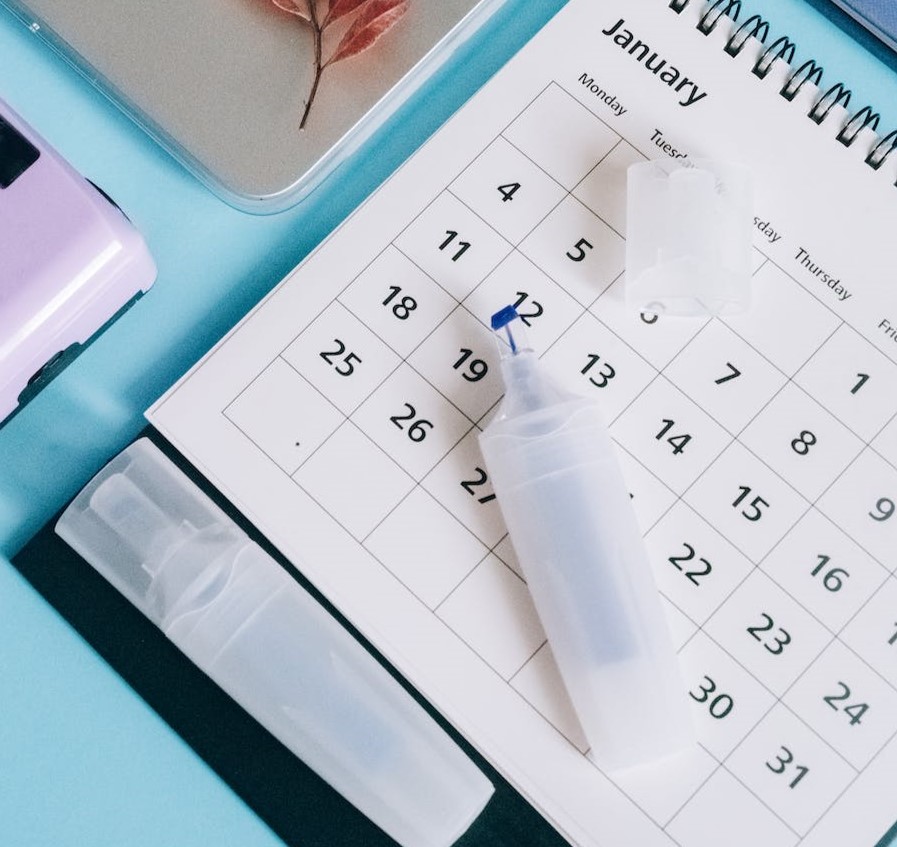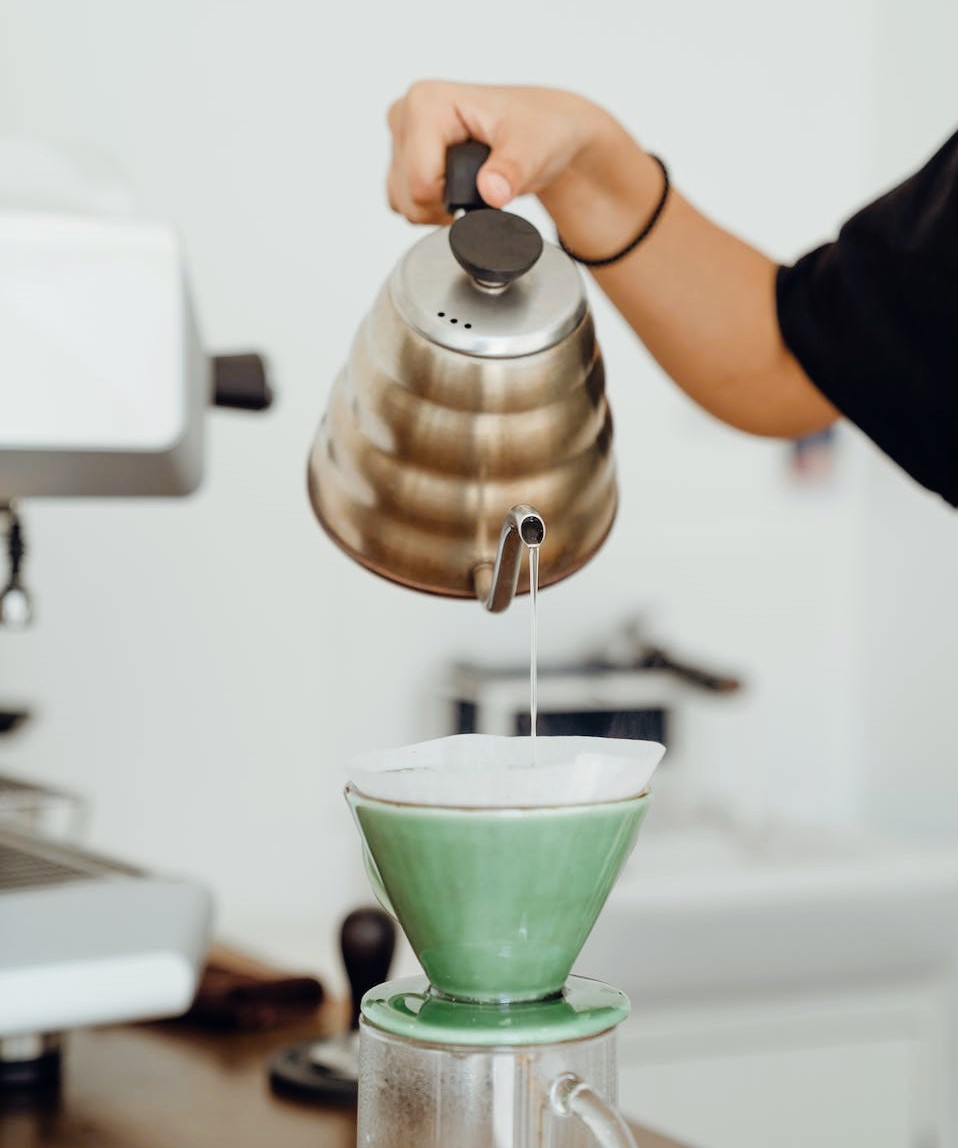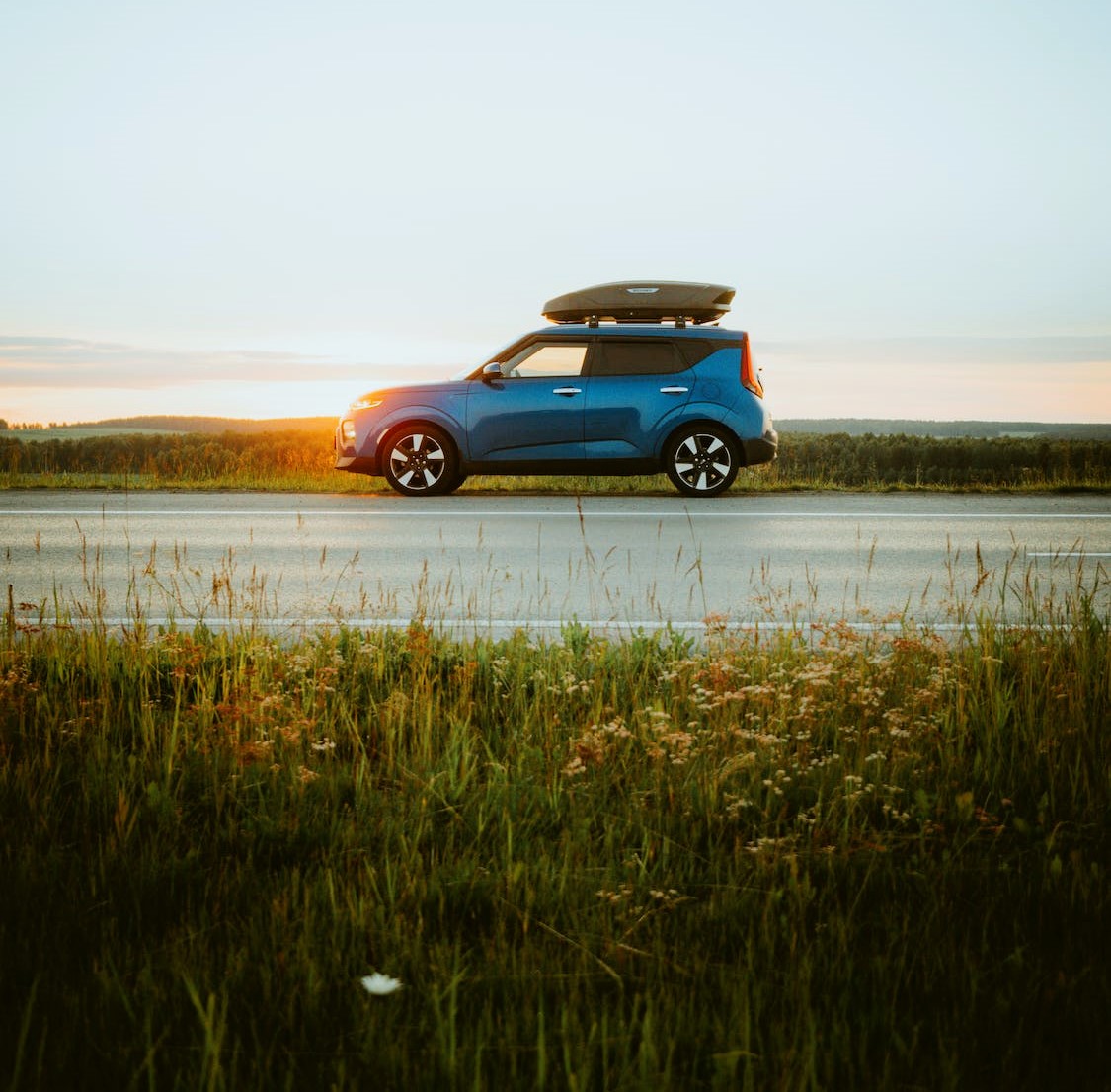Overlanding is an adventure. Whenever you go on one of these trips, it’s important that you have all the supplies you need to survive. One of those necessities is water, so how can you make sure that your tank is up for the task?
It depends on several factors, but it starts with knowing what you’re looking for in an overland water tank. In this guide I’ll show you how to pick out your perfect container and keep it clean as well!
WHAT IS AN OVERLAND WATER TANK?
An overland water tank is a container where you keep a reserved amount of water for bathing, cooking, and doing other necessities while you’re on the move, since you won’t have a fixed water source.
You should also consider the volume of water you’ll need to carry. The amount of water you need depends on a few factors:
- How many people will be using the tank?
- What are the conditions like where you’ll be traveling?
- How long do you plan to go without resupply opportunities?
If it’s going to be hot or cold weather and/or if water is scarce along your route, then it’s likely that each person will consume more than usual in order to stave off dehydration.
As a general rule, if you’ll be overlanding alone, you need 1 gallon of water for 1 day that’s equal to 3.785 liters. So, if you’ll be out for a week, you need 7 gallons or 26.498 liters of water.
If you’ll be with a friend or partner for 4 days, it’ll automatically increase to 8 gallons or 30.283 liters of water.
HOW LONG WILL THE OVERLAND WATER TANK LAST?

The average lifespan of an overland water tank is 5-10 years. This refers to the ones commonly used for residential purposes. But for those under the commercial or industrial use, they’re expected to last up to 20 years.
WHAT MATERIAL IS AN OVERLAND WATER TANK MADE FROM?

Overland water tanks are usually made of plastic, aluminum, and steel. Plastic tanks are lightweight but limited by their shape and size. Aluminum is more expensive than plastic but lightweight, which makes it an excellent choice for long trips.
Composite tanks combine plastic with other materials like carbon fiber or aluminum which reduces weight without sacrificing durability or strength; steel tends not be used by itself because it isn’t as durable as plastic/composite, when exposed directly from sunlight over time – but it does make a great base for attaching accessories such as pumps or valves. This is because you’ll want something sturdy enough not only to withstand vibrations during driving but also withstands bumps on off-road trails.
DO I NEED A PURIFIER FOR MY OVERLAND WATER TANK?

Keeping your tank clean is important, but it can be a challenge. You’re going to want to use any and all of these options to keep your water safe.
- Filters – will help keep debris from contaminating the water in your tank by removing it before it gets there. This is ideal for those who plan on doing long trips where they’ll be camping out of their vehicle and won’t have easy access to running water or a hose. An example would be the sediment filters.
- UV sterilizers – will kill off any bacteria or parasites that may be present in the water supply, reducing any risk of contamination when filling up your tank with fresh stuff from the tap (or wherever).
- Biocides – are chemicals that kill harmful organisms like algae and bacteria without harming humans or other species (most importantly plants). Biocides are best used as preventatives; they should not be used if there has already been some kind of contamination because they can cause problems if used improperly.
HOW MUCH IS AN OVERLAND WATER TANK?
The usual price ranges from $50-$300. But if you want to reduce the cost of your overland water tank, there are a few ways to do this. One of them is by finding a way to make the tank as small as possible. This may not be possible for all vehicles, but consider purchasing a smaller pump, filter and holding tank if it would save you money in the long run.
WHAT TYPE OF OVERLAND WATER TANK DO I NEED?
There are lots of other features to look for when picking an overland water tank. In order to make sure that you get the best possible design, it’s important to know what these features are and how they can help you.
- Look for an overland water tank with pump. All tanks come with some sort of pump, but not all of them have smart ones that automatically switch on and off depending on whether there’s a need for water or not (for instance, when driving fast). This is great because it saves energy and means less maintenance work for you down the line.
- Finally don’t forget about mounting hardware – finding out halfway through installation day that no one brought bolts along could cause some major headaches while trying to finish up before nightfall; luckily we’ve got just what.
WHERE DO I MOUNT MY OVERLAND WATER TANK?

Overland water tanks are available as roof or side mounted options, so keep that in mind when making any final decisions. The great thing about overlanding is being able to customize your vehicle to suit your needs. The same goes for an overland water tank.
How Do I Use My Overland Water Tank?
For example, you’ve chosen a center-mounted stainless steel tank from Adventure Tanks because it meets all of your requirements (and then some). It’s easy for you to access it via your roof rack and fill it up with fresh water along your travels since there are no moving parts involved – just flip up the lid when needed. And since this type of setup uses gravity instead of pumps or valves, cleaning is simple by just rinsing the inside with soap and hot water, whenever necessary.
If you’re looking for stoves instead, see How to Pick an Overland Camp Stove.
CONCLUSION
Water storage is one of the most important things to consider when you’re out in the field. By storing water in the right place, you can even have enough potable water to last until your next refill. Share us your other tips about this topic by commenting below.
